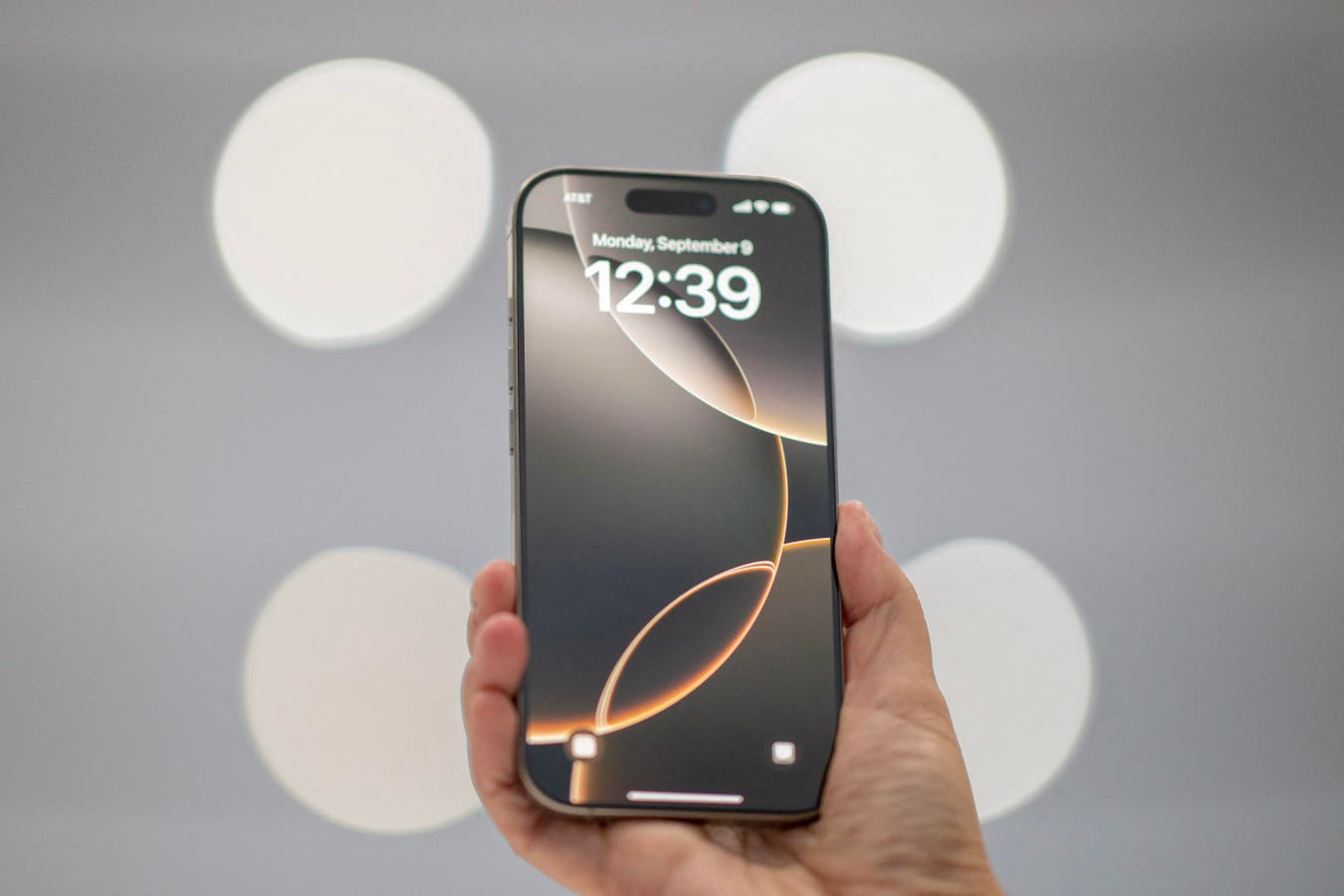Updated October 26 with details on how iPhone display technology could change iPhone design in a different way.
Next September, the iPhone will look significantly different, if a new report is correct. The iPhone 17 Pro Max is expected to have a smaller notch on the display, called the Dynamic Island. And a new report now claims that Apple is considering changing the technology used in the iPhone’s display to match that of the Apple Watch.
Apple iPhone 16 Pro Max – will Dynamic Island shrink on iPhone 17 Pro Max?
The report by Korean website The Elec says that following the change in the nature of the display on the watch in the latest iteration, the Apple Watch Series 10, a similar change is being considered and “will also be implemented on the iPhone in the future”.
The last clock uses LTPO3, which is different from the type of LTPO used in the previous clocks. “Apple announced on its website that the LTPO TFT organic light-emitting diode (OLED) technology applied to the Apple Watch 10 series is LTPO3,” the report said in a machine-translated version.
So, just as Apple took the LTPO OLED display of the Apple Watch Series 4 and applied it to the iPhone 13 three years later, the company could make the same change for the iPhone.
It’s not certain that this would arrive in time for the iPhone 17 Pro Max, but it’s not impossible. While it took three years for the Watch technology to transition from the smartwatch to the iPhone, note that Apple applied it to the entire iPhone range. It’s quite possible that the new technology could arrive on the iPhone Pro first, perhaps in 2025. We’ll see.
As for the new design, it is reported by analyst Jeff Pu, as reported by Joe Rossignol at MacRumors. The adoption of something called metalens means that Apple can reduce the front of the screen that is captured by the front camera and Face ID technology.
As you’ll know, Dynamic Island is the term Apple uses for the way the screen around the cutout shrinks, grows and changes shape to add extra information to the home screen, for example, showing album art when you’re playing music. or flight information from the excellent Flighty app while you’re waiting to board a plane.
Interestingly, Pu says the change will only come to the iPhone 17 Pro Max, not the smaller iPhone 17 Pro. This seems surprising, but if correct it would be a break with tradition.
While there have been differences on the back of the iPhone, such as camera capabilities, the Pro and Pro Max have always looked largely identical until now. Less surprising is the news that this change will not be for the regular iPhone 17 models.
If you don’t know what metal is, you’re not alone. MacRumor explains it this way: “Whereas a traditional iPhone camera has curved lenses that redirect light toward the image sensor, a metalens is a thin, flat lens with microscopic patterns etched into it that can focus light more precisely . In his research note this month, Pu did not provide any specific details on how Apple plans to use metals for the Face ID system, nor did he explain how the change would result in a narrower Dynamic island.
The new report doubles down on the information Pu had provided earlier in the year, suggesting that Apple’s plan has been consistent and is still going in the same direction.
Pu has a strong record of accuracy, so while I still think the introduction of a design change for the Pro Max that leaves the Pro out cold surprises me, it’s a report worth taking seriously.
